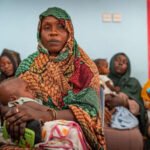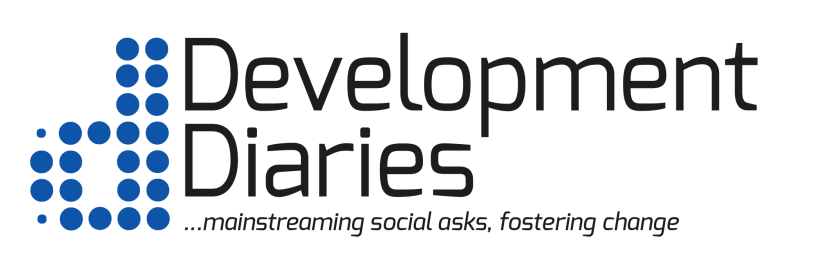Amnesty International (AI) has reported staff shortages, worn equipment, and poor quality of care in most health care facilities in Togo.
Development Diaries reports that the human rights-focused organisation released the report based on a study conducted in Lomé, the country’s capital, and Aného, in February and March 2023.
It was gathered that all maternity units visited lacked the basic equipment needed to receive patients or provide care.
According to the report, in one of the Socio-Medical Centres (CMS) in Lomé, dilapidated examination tables in the antenatal consultation room were found, while the lack of scialytic lamps meant that midwives had to use torches on their mobile phones during consultations.
‘You can see women giving birth on the floor, on mattresses, and sometimes even simply on a piece of cloth when there is no mattress. There are new delivery tables but also old ones that are dilapidated and mouldy’, AI quoted a midwife as saying.
Data from the United Nations Children’s Emergency Fund (UNICEF) shows that the West African country has an infant mortality rate of 43 deaths per 1000 live births and a neonatal mortality rate, which refers to newborns dying before reaching 28 days of age.
It is understood that Togo’s maternal mortality rate is also high, with 399 maternal deaths recorded for every 100,000 live births.
In 2021, the country’s government began investing over five million dollars for a one-year period to ensure all pregnant women have access to essential maternal health care without financial hardship. However, the challenges have largely remained.
Article 97 of Togo’s Health Code guarantees every pregnant woman’s right to good pregnancy monitoring, safe childbirth and postnatal care for herself and her child.
Therefore, the government of Togo must take urgent action to address the country’s maternal health care challenges, as reported by AI
Development Diaries calls on Togo’s Ministry of Health to increase its investment in basic health care services and facilities to bring about improved service delivery to those most vulnerable to the country’s health care challenges.
Photo source: UNFPA






